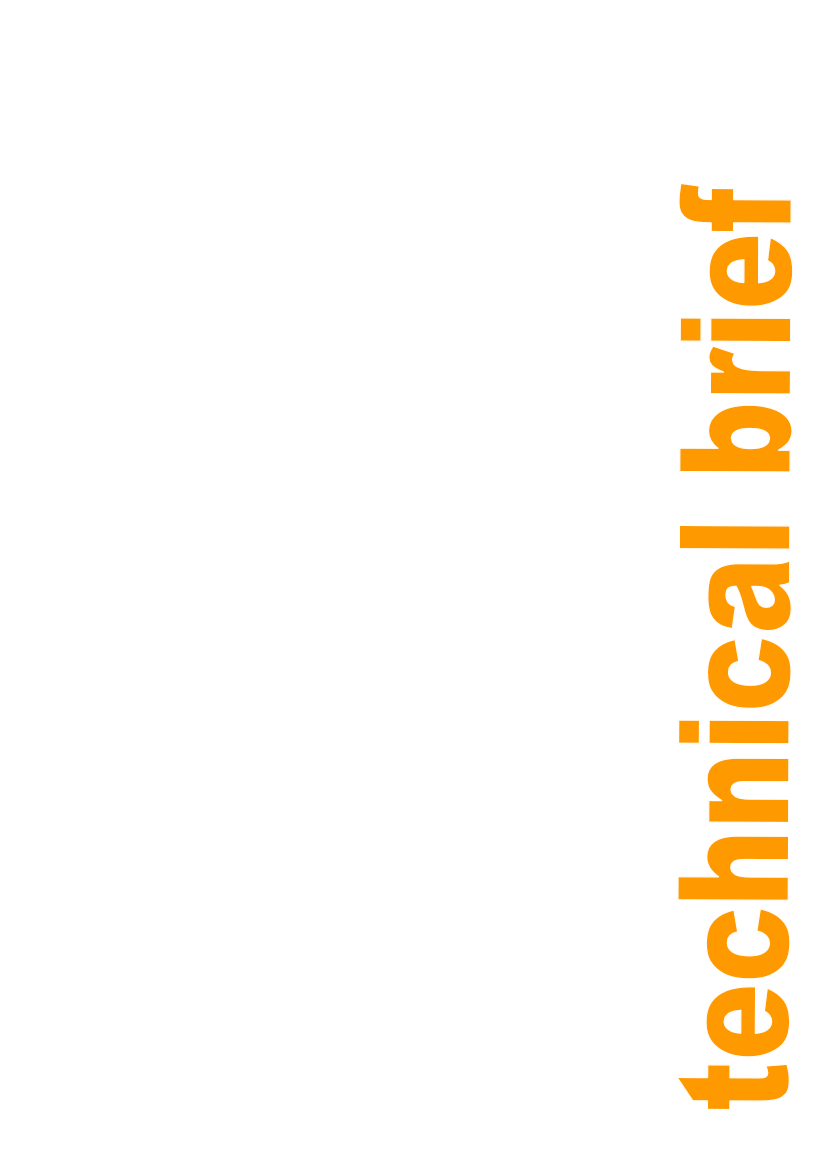
Fibreglass boats
Practical Action
of resin. WR is applied after its associated mat layer has been lightly rolled into the resin. If
there are large dry patches, more resin can be applied before the WR is laid on as better
impregnation is achieved if the resin is drawn up rather than forced down through the
reinforcement. Being of a woven nature, WR is less prone to disintegration than wet CSM
during rolling out, it can be consolidated using rollers, but a “squeegee” is probably the best,
quickest and simplest tool to use. It is important that the opposite side of the hull should be
moulded in sequence with the first side. Light sanding and cleaning may sometimes be
required between layers to remove any protruding pieces of resin and glass, which may
prevent a smooth bond with the next layer.
Keels and areas requiring extra stiffening
A keel is formed by laminating additional material along the centreline of the hull extending
forward to the stemhead and aft to the transom boundary, to form a structural backbone. This
backbone can be maintained at the midwidth throughout the length or be reduced in weight
towards the ends. Around the joint line a scarphed laminate should be made with succeeding
layers 25 mm shorter than the preceding layer. The laminate is completed when the mould
halves are bolted together.
Topsides are increased in thickness to form a strong sheer in powered vessels and further
increased in areas that will take mast rigging or equipment loads. The boundary of the
transom should be increased to support and stiffen the sides, bottom and transom laminates.
A typical boundary lay-up is formed by overlapping the side and bottom with the transom
reinforcements, but as with the backbone the increase can also be achieved by the addition of
strips of material laid around the boundary.
Framing and stiffening sections
The stiffener former is placed in position on the gelled laminate and the reinforcement is
built up layer by layer as a continuous process. Frames are usually a solid or hollow core
former covered with several layers of fibreglass mat forming a closed box or semicircular
section when combined with the hull laminate. These are known as “hat” and “half round”.
Hollow cores are plastic, cardboard or a single layer of Fibreglass from a hat shape mould,
which can be cut to allow a fit to hull curves. Frames can be tapered off in shape and weight
at the upper and lower ends.
The strength and stiffness of the section can be varied by adjusting the section depth and
retaining a constant lay-up or by increasing the lay-up where the stiffener depth cannot be
increased. The last layer of hull laminate can be timed to cover the framing to give a more
finished appearance.
Bulkheads
In addition to separating compartments, bulkheads are essential in providing the rigidity
necessary for maintaining the shape of the flexible fibreglass hull. A collision bulkhead
should be installed forward and machinery space bulkheads should be watertight. Wood or
exterior-grade plywood is usually used for bulkheads and should be fitted while the hull is still
in the mould. The plywood should have a roughened border to improve adhesion of the resin
when the bulkhead is bonded into the hull. In small boats the thickness of the plywood is
normally adequate for stiffness. All openings in bulkheads should be filled to avoid stress
fractures.
Use of other material
Material incompatibility is one problem that may lead to de-lamination and the seepage
of water. Polyester resins are not good adhesives so the resin must have a physical
grip on the adjacent material.
8